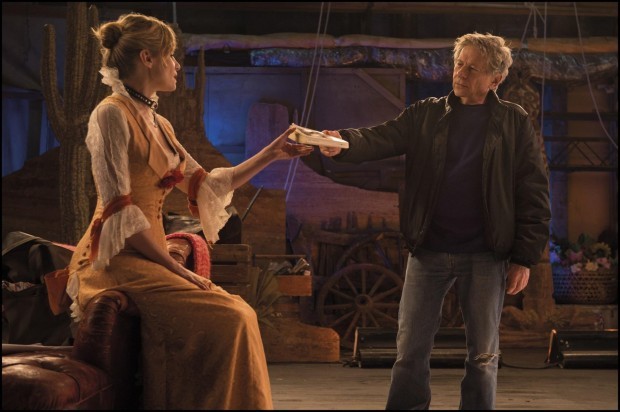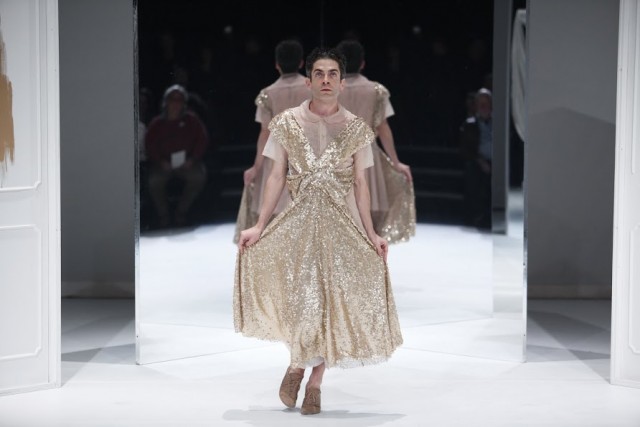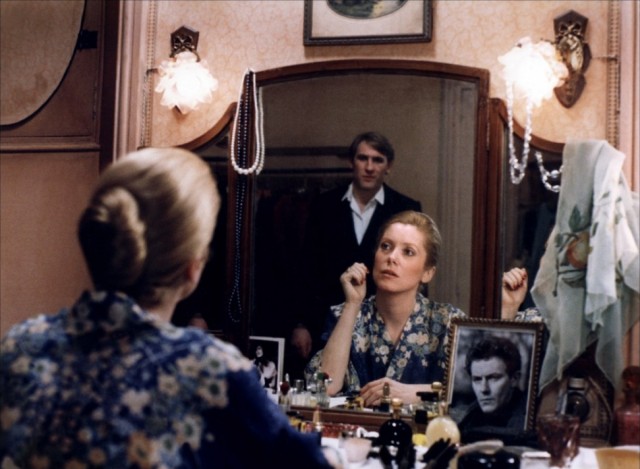
Catherine Deneuve and Gérard Depardieu star in François Truffaut’s gripping WWII melodrama THE LAST METRO
CINÉSALON: THE LAST METRO (LE DERNIER METRO) (François Truffaut, 1980)
French Institute Alliance Française, Florence Gould Hall
55 East 59th St. between Madison & Park Aves.
Tuesday, October 27, $14, 4:00 & 7:30 (later screening introduced by Olivia Bransbourg)
212-355-6100
www.fiaf.org
 FIAF’s CinéSalon series “Theater & Cinema” concludes October 27 with François Truffaut’s powerful Oscar-nominated WWII melodrama, The Last Metro. Set in Vichy France during the German occupation, the film takes place in and around the Théâtre Montmartre, which has been taken over by movie-star actress (and non-Jew) Marion Steiner (Catherine Deneuve) after her husband, Jewish theater director Lucas Steiner (Heinz Bennent), has apparently escaped the Nazi regime. But in fact Lucas is hiding out in the theater’s basement, where he has translated a Norwegian play, aptly titled Disappearance, and is directing it from below. The cast and crew of Disappearance include ladies’ man Bernard Granger (Gérard Depardieu) as Marion’s love interest; costume designer Arlette Guillaume (Andréa Ferréol), who refuses Bernard’s advances because of a secret reason; young actress Nadine Marsac (Sabine Haudepin), who will do just about anything to get parts; stage manager Raymond Boursier (Maurice Risch), who is deeply dedicated to the theater; and Jean-Loup Cottins (Jean Poiret), the stand-in director for Lucas. Only Marion knows where Lucas is, but danger grows when critic, publisher, and Nazi collaborator Daxiat (Jean-Louis Richard) starts sniffing around a little too much.
FIAF’s CinéSalon series “Theater & Cinema” concludes October 27 with François Truffaut’s powerful Oscar-nominated WWII melodrama, The Last Metro. Set in Vichy France during the German occupation, the film takes place in and around the Théâtre Montmartre, which has been taken over by movie-star actress (and non-Jew) Marion Steiner (Catherine Deneuve) after her husband, Jewish theater director Lucas Steiner (Heinz Bennent), has apparently escaped the Nazi regime. But in fact Lucas is hiding out in the theater’s basement, where he has translated a Norwegian play, aptly titled Disappearance, and is directing it from below. The cast and crew of Disappearance include ladies’ man Bernard Granger (Gérard Depardieu) as Marion’s love interest; costume designer Arlette Guillaume (Andréa Ferréol), who refuses Bernard’s advances because of a secret reason; young actress Nadine Marsac (Sabine Haudepin), who will do just about anything to get parts; stage manager Raymond Boursier (Maurice Risch), who is deeply dedicated to the theater; and Jean-Loup Cottins (Jean Poiret), the stand-in director for Lucas. Only Marion knows where Lucas is, but danger grows when critic, publisher, and Nazi collaborator Daxiat (Jean-Louis Richard) starts sniffing around a little too much.
Genre lover Truffaut reaches deep into his cinematic bag of tricks in The Last Metro, paying tribute to film noir, romantic melodrama, war movies, and even musicals as he references Casablanca, The Phantom of the Opera, The Diary of Anne Frank, Gaslight, To Be or Not to Be, The Golden Coach, Notorious, and Cabaret. He takes on anti-Semitism, anti-homosexuality, and anti-humanism in general while setting up a compelling love triangle that is echoed in the play-within-a movie, which is staged on a dramatic, surreal pink Expressionistic set. Depardieu and Deneuve, who went on to make such other films together as Claude Berri’s Fort Saganne, André Téchiné’s Changing Times, and François Ozon’s Potiche, might not be Bogart and Bergman, but they are a magnetic duo, Depardieu’s hulking, brutishly handsome presence dominating confined spaces, Deneuve’s refined, radiant beauty glowing amid a predominantly drab palette. The film uses the metaphor of theater as a way to escape reality, whether on an individual basis or during an international crisis, but of course Truffaut is also citing film as its own escape, a place where people flock to when times are both good and bad. The Last Metro — the title refers to the final train of the night, which passengers must catch in order to not break the strict curfew — is a beautifully made picture, the second in Truffaut’s planned trilogy of films about entertainment, following 1973’s Day for Night and preceding the never-finished L’Agence Magique. Winner of a 1990 César for Best Film of the 1980s in addition to ten previous Césars, including Best Film, Best Director (Truffaut), Best Actor (Depardieu), Best Actress (Deneuve), Best Cinematography (Nestor Almendros), Best Music (Georges Delerue), Best Production Design (Jean-Pierre Kohut-Svelko), and Best Writing (Truffaut and Suzanne Schiffman), The Last Metro is screening at 4:00 and 7:30 on October 27 in Florence Gould Hall; the later show will be introduced by French publisher and fragrance designer Olivia Bransbourg.
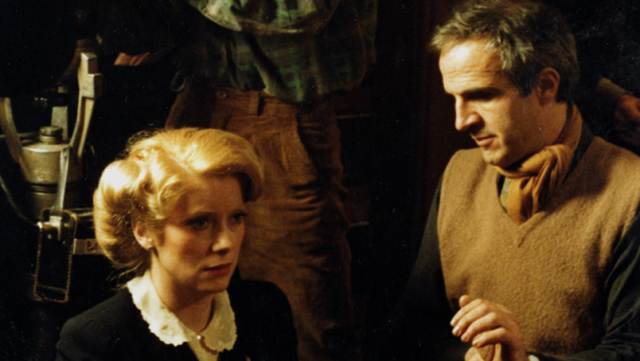
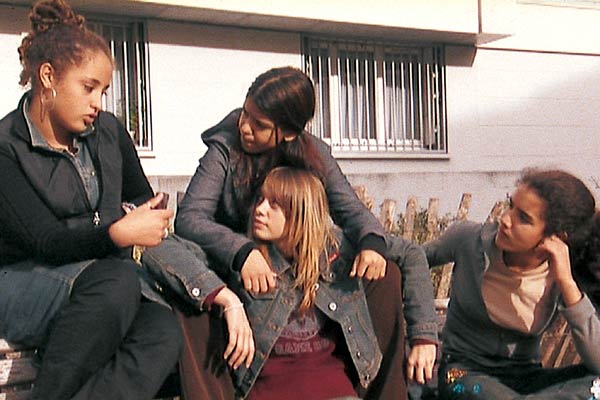

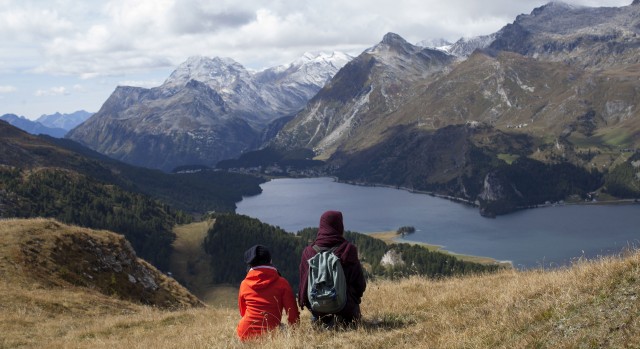
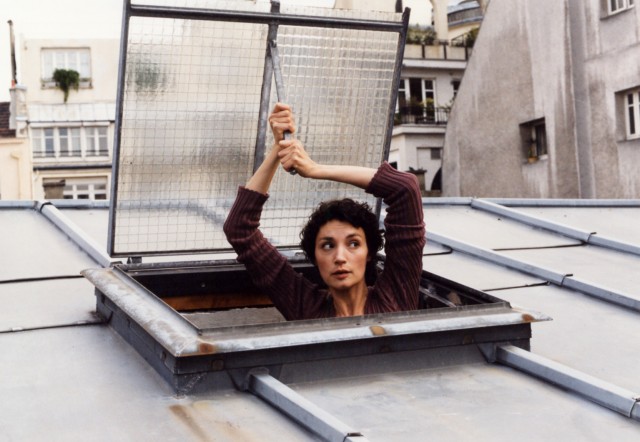
 Jacques Rivette’s Va Savoir is a long, talky French movie about very beautiful, very complicated, sex-crazed men and women — and it just might be the master filmmaker’s crowning glory, a magnificent masterpiece that deserved its slot as the New York Film Festival’s opening night selection back in 2001. This erotically charged, very funny drama is set around a traveling theater company’s return to Paris to put on Pirandello’s As You Desire Me in the original Italian. Ugo (Sergio Castellitto), the director and costar of the play, is romantically involved with Camille (Jeanne Balibar), the lead actress, who visits her former lover Pierre (Jacques Bonnaffé), a philosopher with a thing for Heidegger, who is now living with Sonia (Marianne Basler), a dance instructor who is being chased by Arthur (Bruno Todeschini), a ne’er-do-well whose half sister, Do (Hélène de Fougerolles), has taken a liking to Ugo and offers to help him find an unpublished ghost play by Carlo Goldini, which her mother (Catherine Rouvel) just might have. Every minute of this film is pure magic, and at the center of it all is the fantastique Camille, an instinctual, graceful actress whom everyone — men and women — fall in love with, played by the fantastique, instinctual, graceful Balibar, whom audiences will fall in love with as well. French film enthusiasts should watch for Claude Berri in a small role. Lovingly photographed by William Lubtchansky and edited by his wife, Nicole Lubtchansky, Va Savoir is screening at 4:00 and 7:30 on September 29 in FIAF’s CinéSalon series “Theater & Cinema”; the later show will be introduced by Mathieu Bauer. (FIAF is screening the 154-minute version, not the 220-minute director’s cut.) The Tuesday festival continues through October 27 with such other stage-related dramas as Olivier Assayas’s Clouds of Sils Maria, Arnaud Desplechin’s Esther Kahn, Abdellatif Kechiche’s Games of Love and Chance, and François Truffaut’s The Last Metro.
Jacques Rivette’s Va Savoir is a long, talky French movie about very beautiful, very complicated, sex-crazed men and women — and it just might be the master filmmaker’s crowning glory, a magnificent masterpiece that deserved its slot as the New York Film Festival’s opening night selection back in 2001. This erotically charged, very funny drama is set around a traveling theater company’s return to Paris to put on Pirandello’s As You Desire Me in the original Italian. Ugo (Sergio Castellitto), the director and costar of the play, is romantically involved with Camille (Jeanne Balibar), the lead actress, who visits her former lover Pierre (Jacques Bonnaffé), a philosopher with a thing for Heidegger, who is now living with Sonia (Marianne Basler), a dance instructor who is being chased by Arthur (Bruno Todeschini), a ne’er-do-well whose half sister, Do (Hélène de Fougerolles), has taken a liking to Ugo and offers to help him find an unpublished ghost play by Carlo Goldini, which her mother (Catherine Rouvel) just might have. Every minute of this film is pure magic, and at the center of it all is the fantastique Camille, an instinctual, graceful actress whom everyone — men and women — fall in love with, played by the fantastique, instinctual, graceful Balibar, whom audiences will fall in love with as well. French film enthusiasts should watch for Claude Berri in a small role. Lovingly photographed by William Lubtchansky and edited by his wife, Nicole Lubtchansky, Va Savoir is screening at 4:00 and 7:30 on September 29 in FIAF’s CinéSalon series “Theater & Cinema”; the later show will be introduced by Mathieu Bauer. (FIAF is screening the 154-minute version, not the 220-minute director’s cut.) The Tuesday festival continues through October 27 with such other stage-related dramas as Olivier Assayas’s Clouds of Sils Maria, Arnaud Desplechin’s Esther Kahn, Abdellatif Kechiche’s Games of Love and Chance, and François Truffaut’s The Last Metro.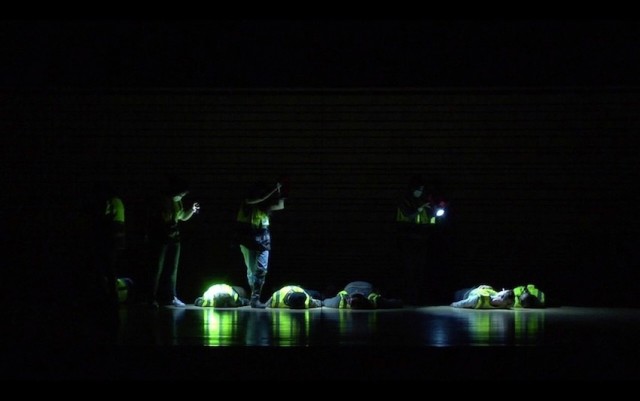
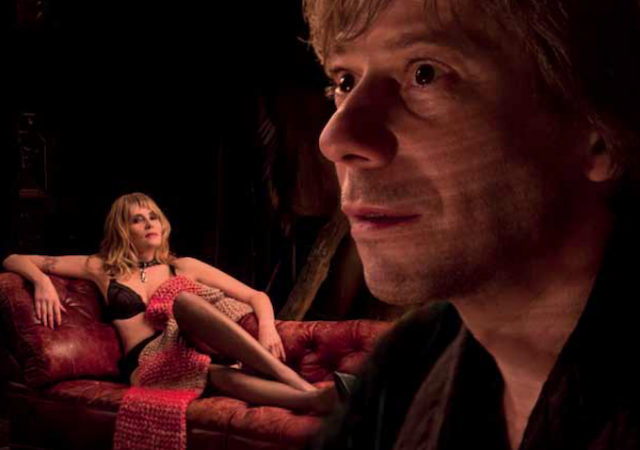
 For his third stage adaptation in ten years, following 1994’s Death and the Maiden and 2011’s Carnage, Roman Polanski created a marvelous, multilayered examination of the intricate nature of storytelling, consumed with aspects of doubling. David Ives’s Tony-nominated play,
For his third stage adaptation in ten years, following 1994’s Death and the Maiden and 2011’s Carnage, Roman Polanski created a marvelous, multilayered examination of the intricate nature of storytelling, consumed with aspects of doubling. David Ives’s Tony-nominated play, 